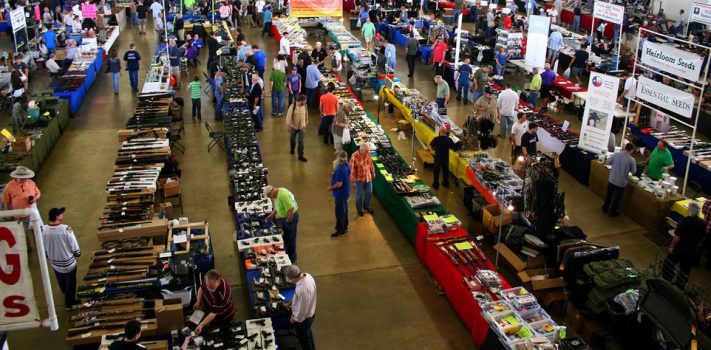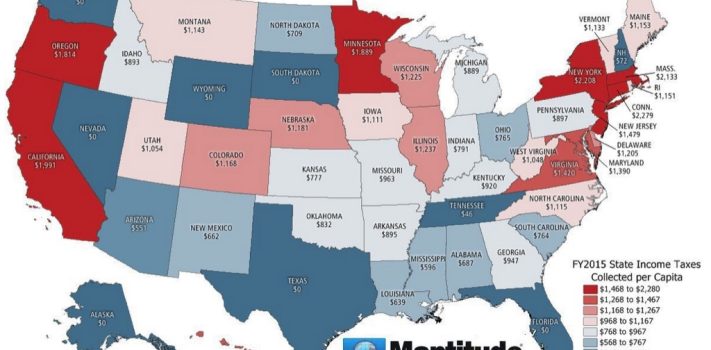This weekly Snippets column is a collection of short items: responses to posted articles, practical self-sufficiency items, how-tos, lessons learned, tips and tricks, and news items — both from readers and from SurvivalBlog’s editors. Note that we may select some long e-mails for posting as separate letters.
—
U.S. Navy Mocked for Photo of Commander With Rifle Scope Mounted Backwards. JWR’s Comments: Perhaps the Navy should stick to their time-proven M14 deck rifles with iron sights. Thankfully, our potential opponents have much bigger guns and missiles to worry about, and the Navy handles those with deadly competency.
o o o
I expect to hear the announcement of a Starlink satellite phone service, later this year: SpaceX: Cellular Starlink System Works on iPhone, Pixel, Galaxy Devices.
o o o
Peter mentioned the free set of PDF files available at this web page: USDA Complete Guide to Home Canning. Peter included this note: “It would be nice if it was a single PDF, but the content is free.”
















